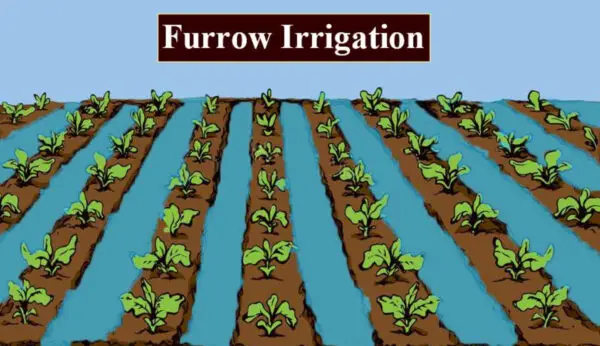Furrow Irrigation – What it is and 8 Different Layouts
Furrow irrigation is a common irrigation method that has been used for thousands of years. It involves channeling water down long, narrow trenches called furrows that have been cut into the soil between crop rows. The furrows serve to effectively distribute water across a field using gravity. When this irrigation is utilized, the field is…






